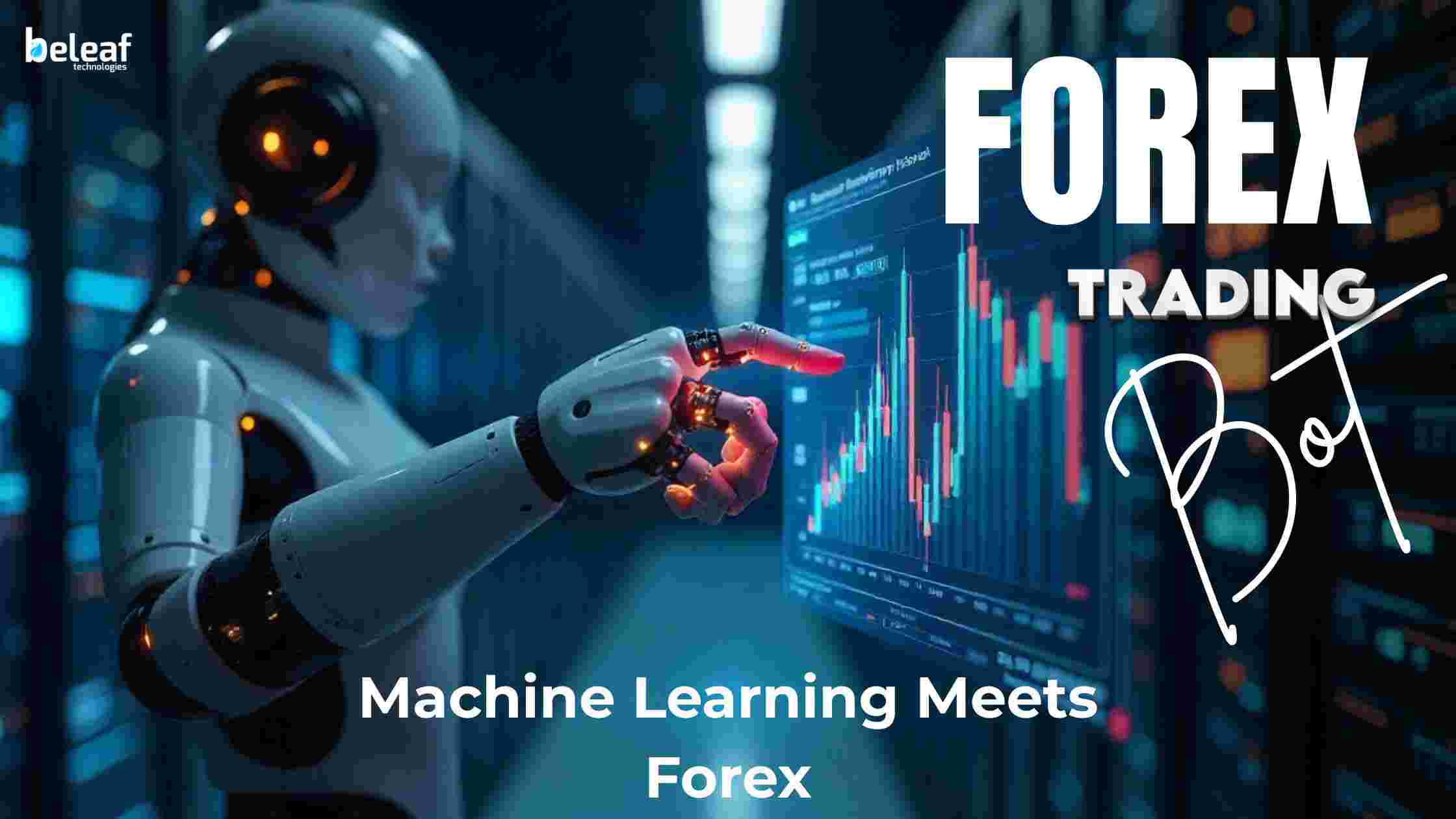Over the last few decades, technology has changed almost every part of our lives. Medicine is now more accurate with the help of data, transport has become easier with smart navigation, and we can talk across the world instantly. One of the biggest changes is happening in finance, especially in the foreign exchange (forex) market. Here, machine learning (ML) and automated trading are coming together to create exciting new opportunities.
This change is not just about making trades faster or showing better charts. It is about a new way of looking at data, reducing risks, and making smarter decisions. In this article, we will see how machine learning is changing forex, why this is a good thing, and what the future might look like for traders and financial institutions.
Forex: A Market of Endless Possibilities
The forex market is the largest financial market in the world, with more than 7 trillion dollars traded every day. Unlike stock markets that open and close, forex runs 24 hours a day across different countries and time zones. This creates huge opportunities, but it is also very complex.
No matter how skilled, human traders cannot keep up with millions of changing prices, patterns, and global events happening at the same time. For years, traders relied on charts, personal judgment, or simple computer programs. But as the market became faster and more complicated, these old methods were not enough. A smarter, more flexible solution was needed—and that is where machine learning comes in.
Why Machine Learning Works So Well in Forex
Machine learning is a branch of artificial intelligence where computers learn from data and improve on their own. Instead of being told exactly what to do, ML systems adapt as they go. This makes them very powerful in forex trading.
One reason is that ML can recognize patterns humans might never notice. It can study years of market history and find hidden connections between currencies, interest rates, and global events. Another reason is adaptability. Traditional programs may stop working when markets change suddenly, but ML can quickly retrain itself to match the new situation.
Machine learning is also strong in risk management. By looking at volatility and past outcomes, it can predict possible scenarios and help traders control their risk. On top of that, ML systems trade with incredible speed. In forex, where even a millisecond can make a difference, this speed is a huge advantage.
Learning the Techniques Behind the Scenes
To better understand how machine learning works in forex, let’s look at a few methods. One is called supervised learning, where models are trained on past price movements to predict what may happen next. Another is unsupervised learning, which groups currencies or finds hidden patterns that can lead to new strategies.
There is also reinforcement learning, where the system learns through trial and error, improving by “rewarding” itself for profitable trades. Deep learning and neural networks, inspired by the way the human brain works, allow systems to process massive amounts of information and make very accurate predictions. Together, these methods make automated trading more advanced than ever before.
How Traders Benefit
The best part about this technology is that it helps not only big banks but also small traders and individual investors. In the past, advanced tools were only for large institutions. Now, thanks to ML-powered platforms, retail traders can also use them. This helps level the playing field, giving more people a chance to succeed.
Machine learning also removes emotions from trading. Many human traders lose money because of fear or greed, but ML systems make decisions based only on data. Another benefit is that these systems get smarter with every trade, learning and improving over time. And with easy-to-use platforms, even people who are not experts in coding or finance can benefit from machine learning. In short, it is making forex trading more fair and accessible.
Machine Learning Already in Action
Machine learning in forex is not just an idea—it is already being used. For example, predictive models can forecast currency movements by studying economic calendars, interest rates, and even news and social media sentiment. Automated trading bots powered by ML are able to execute thousands of trades within seconds, taking advantage of tiny opportunities that humans would miss.
Another real-world use is portfolio optimization, where ML helps traders spread their risk wisely and build balanced strategies. It also plays a role in safety, by spotting unusual trading patterns that might point to fraud. These examples prove that ML is not a passing trend—it is already a powerful tool shaping today’s forex market.
A Bright Future Ahead
Looking forward, the future looks even more exciting. We may see AI assistants that know each trader’s personal style and goals, giving advice tailored just for them. ML models might also combine data from many sources—finance, politics, even climate reports—to make forecasts with amazing accuracy.
There is also the possibility of collaborative systems, where traders share ML models and improve them together. And as machine learning improves transparency and fairness, markets could become more ethical and harder to manipulate. The goal is not to replace humans but to support them—combining human creativity with machine precision.
Conclusion: Working Together for Success
The meeting of machine learning and forex is a positive story. Instead of replacing human traders, ML helps them do more—manage risks better, see opportunities more clearly, and make confident decisions.
The future of forex will not be a battle between man and machine, but a partnership. Those who adopt these new tools will not only keep up with the fast-changing market but also thrive in it.
As with all new technology, what matters is how we use it. By welcoming machine learning with an open mind and a focus on learning, traders can turn the challenges of global markets into opportunities. With ML as a partner, the future of forex trading bot looks brighter, smarter, and more empowering than ever before.




